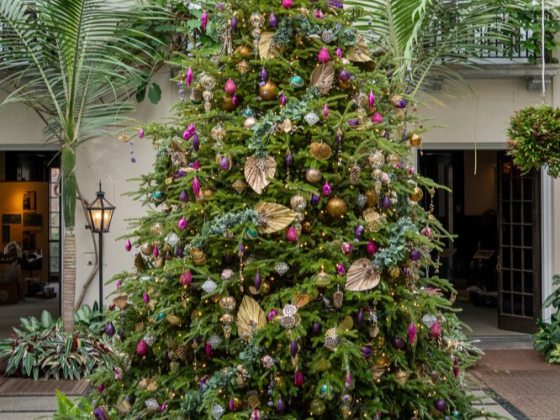
Featured Bloom
Christmas Tree
Not to be missed—our Continuing Education floral team, including our floral specialist and three graduates of the Floral Design Certificate program at Longwood, designed stunning ornaments for a 14-foot Fraser fir (Abies fraseri). The tree showcases floral and botanical elements, featuring handmade ornaments crafted from dried and preserved materials, including some harvested directly from the Gardens. The color palette blends rich shades of purple, ranging from deep plum to soft lilac, with raspberry tones and metallic accents of gold and champagne. The result is a brilliantly sparkling, glittering display you won’t want to miss. For more information, check out this week's blog: https://longwoodgardens.org/blog/2025-12-03/botanical-brilliance-how-floral-design-students-turned-nature-art
See what’s in bloom … and enjoy the beauty of our Gardens.
-
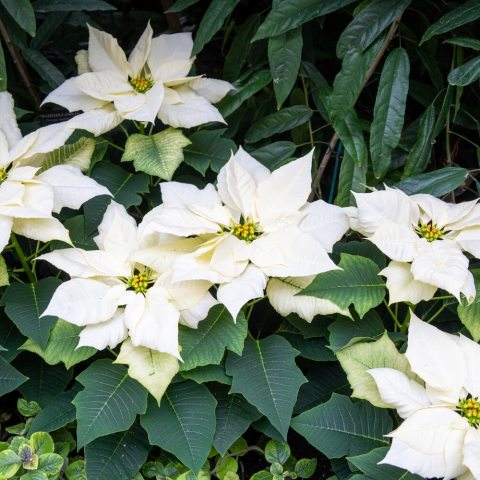
Poinsettia
Euphorbia pulcherrima (Flurry)The poinsettia was introduced to this country from Mexico in 1825 by Joel Poinsett. The botanical name for the poinsettia is Euphorbia pulcherrima, meaning the most beautiful Euphorbia. The showy colored parts of poinsettias that most people think are the flowers are colored bracts (modified leaves). Poinsettias are cold sensitive, so they cannot be used in cold drafty areas. Poinsettias are not poisonous, although they can cause an upset stomach if eaten. We use a variety of Euphorbia species and cultivars in the Christmas display and throughout the year, and in the permanent plantings collection.
-

Thanksgiving Cactus
Schlumbergera ′Thor Carmen′Native to rainforests in Brazil, Schlumbergera grow as epiphytes, mainly on trees or shrubs but sometimes in shady places among rocks. They do not have true leaves but flattened succulent stems. Schlumbergera flowers bloom directly from the stems at the nodules and come in a variety of colors. The hybrid ‘Thor Carmen’ is a tough houseplant that has showy flowers that bloom in the late fall, usually around Thanksgiving, hence the common name Thanksgiving cactus. Sometimes confused with the true Christmas cactus (Schlumbergera x buckleyi), however, one can tell them apart because the Thanksgiving cactus has claw-like appendages on its stems that resemble crab claws.
-
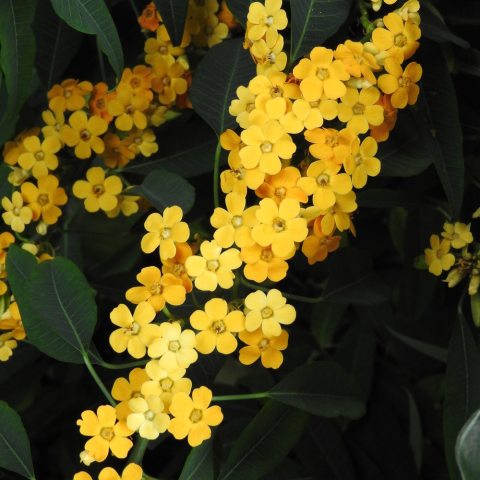
Scarlet-plume
Euphorbia fulgens ′Algevo′Euphorbia fulgens ′Algevo′ is a member of the family Euphorbiaceae, a family of plants known best for their unique pseudo flowers called cyathia. What looks to be a single, normal flower is actually a cup-like structure resembling petals, which holds nectar glands, one extremely reduced female flower, and multiple male flowers. All Euphorbia have a poisonous milky latex used to deter herbivores, and due to this they should be handled with caution.
-
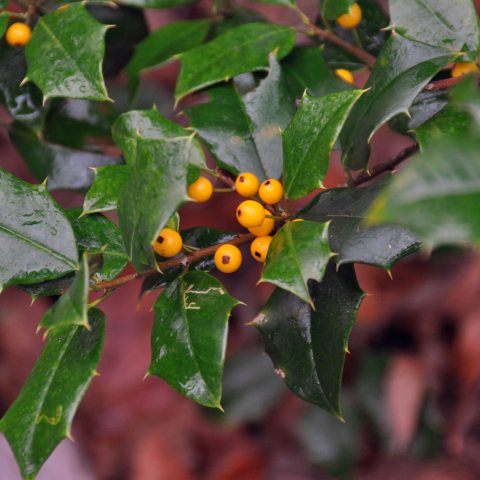
Yellow-berried American Holly
Ilex opaca ′Longwood Gardens′Ilex opaca ‘Longwood Gardens’ a stunning yellow-berried American holly is a large shrub or tree, generally pyramidal, with alternating spiny, evergreen leaves. In October, female plants produce yellow berry-like fruit that persists into winter. A nearby male pollinator is necessary for fruit production. This native species is cold hardy (USDA zones 5 to 9), tolerant of pollution, drought, and moderately wet sites, and is resistant to deer browsing. Planted in acidic, moist, well-drained soil, it will tolerate any light conditions but prefers full sun and protection from wind.
-
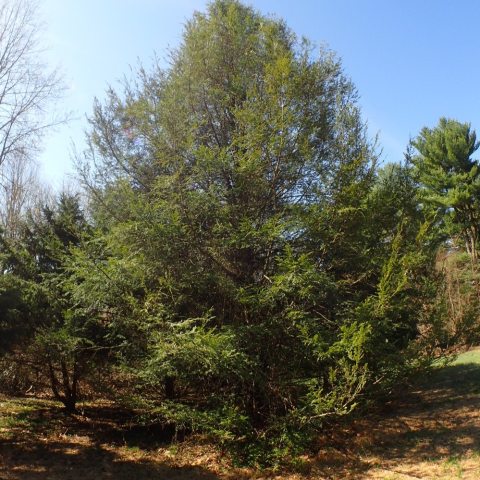
Canada Hemlock
Tsuga canadensisTsuga canadensis, the Eastern (or Canadian) hemlock remains a cornerstone of the landscape at Longwood. Many of the massive hemlocks shading the Hillside Garden and Chimes Tower District date back to the days when founder Pierre S. du Pont planted them, creating a mature canopy that still shapes the character of the garden today. As a native evergreen of eastern North America and the Pennsylvania state tree, Eastern Hemlock is valued for its shade-tolerant, long-lived growth and its ability to support forest wildlife, provide cool, moist habitat, and create structural diversity in landscapes. Today, however, hemlocks face grave threats: the invasive sap-sucking insect Hemlock woolly adelgid (HWA) helped by warmer winters due to climate change has devastated hemlock populations across eastern Pennsylvania and beyond. Preserving the hemlocks at Longwood is not just about history or beauty, it’s about protecting a living legacy Its presence at Longwood Gardens thus reflects both horticultural heritage and ecological importance, helping preserve a species that once dominated eastern woodlands.
-
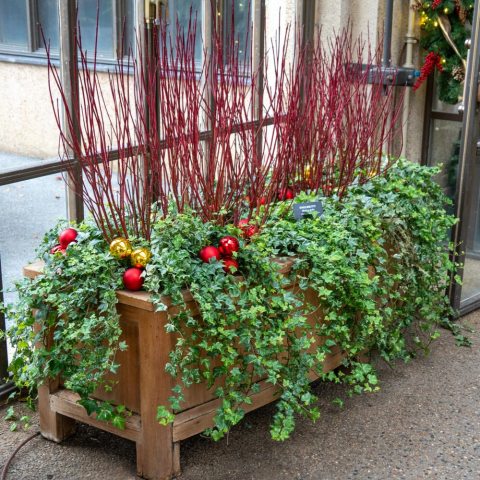
-
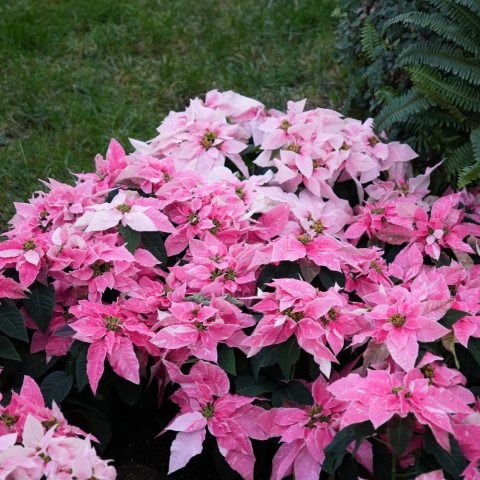
-
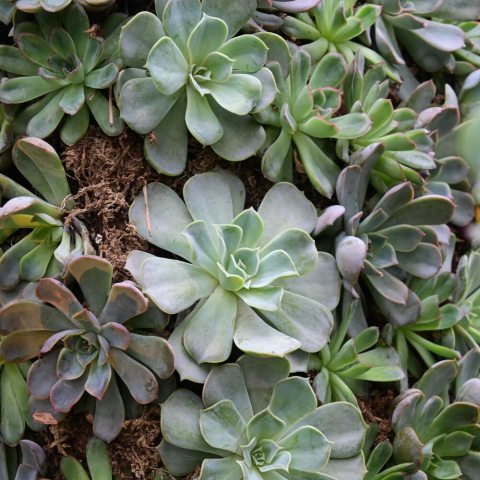
-
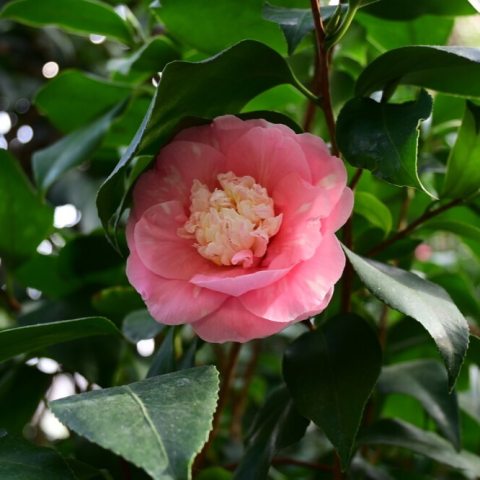
-
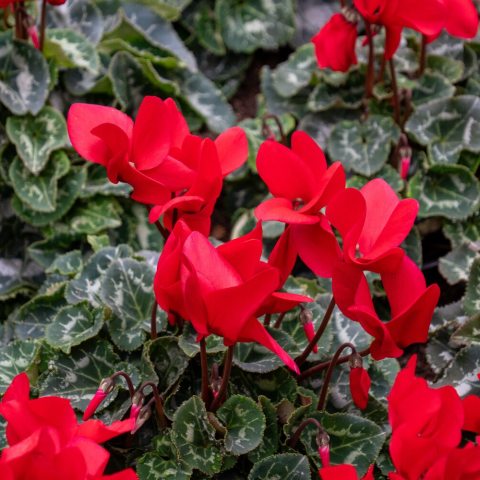
-

Aglaonema
Aglaonema 'First Diamond' -
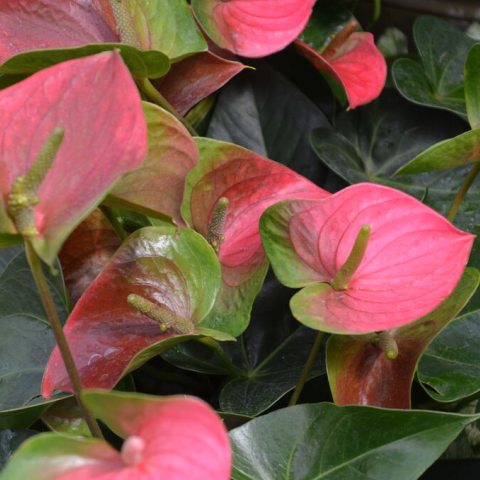
-
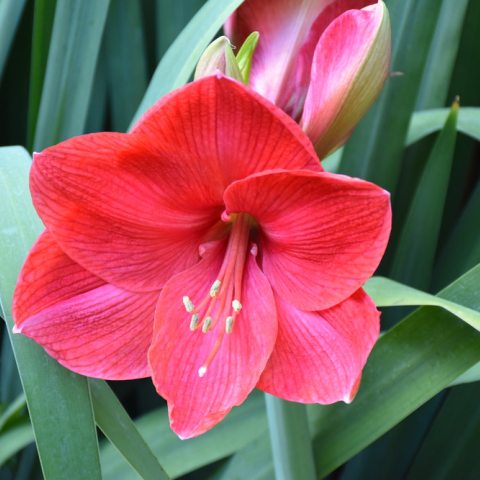
-
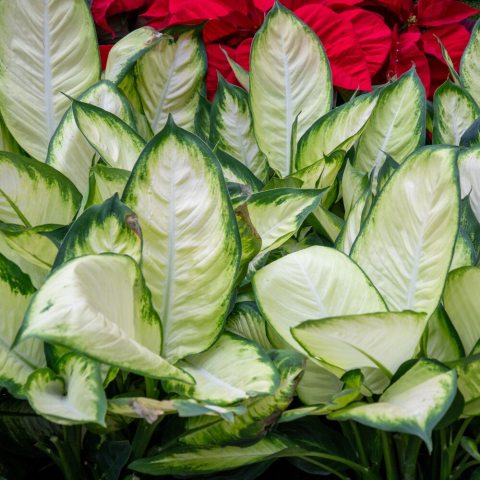
-
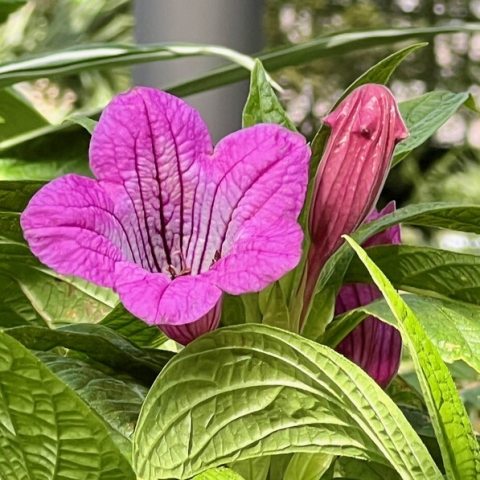
-
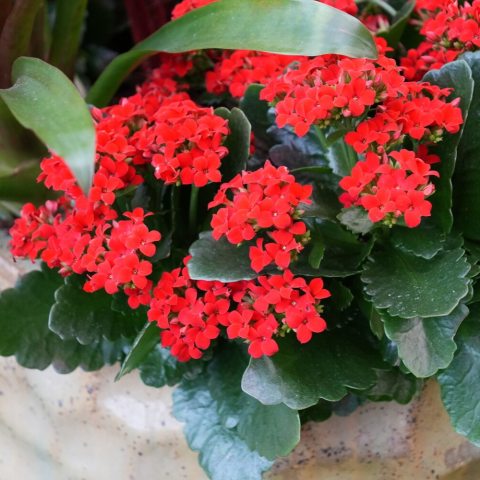
-
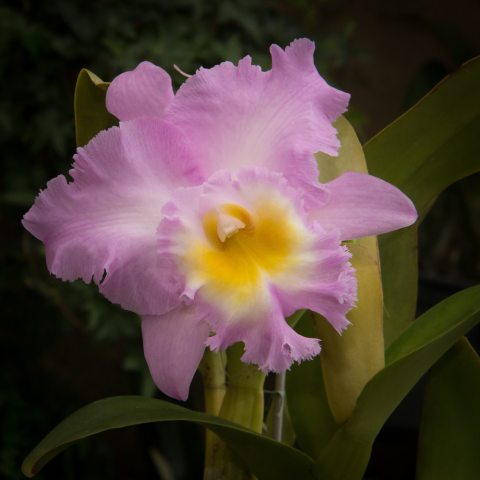
-

-
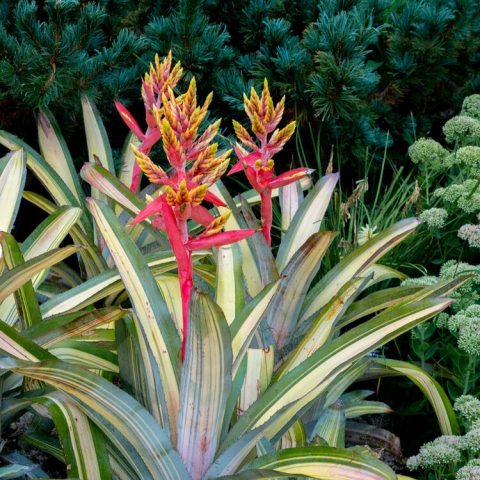
-

-

Earth-star
Cryptanthus bivittatus ′Ruby′ -
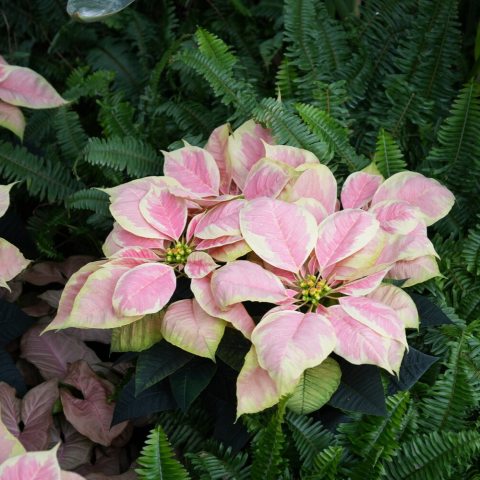
-
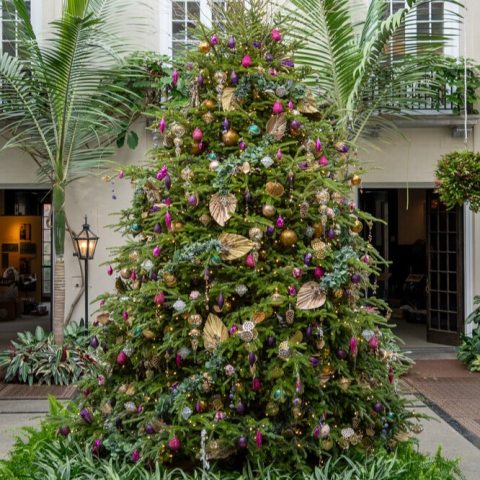
Christmas Tree
Not to be missed—our Continuing Education floral team, including our floral specialist and three graduates of the Floral Design Certificate program at Longwood, designed stunning ornaments for a 14-foot Fraser fir (Abies fraseri). The tree showcases floral and botanical elements, featuring handmade ornaments crafted from dried and preserved materials, including some harvested directly from the Gardens. The color palette blends rich shades of purple, ranging from deep plum to soft lilac, with raspberry tones and metallic accents of gold and champagne. The result is a brilliantly sparkling, glittering display you won’t want to miss. For more information, check out this week's blog: https://longwoodgardens.org/blog/2025-12-03/botanical-brilliance-how-floral-design-students-turned-nature-art